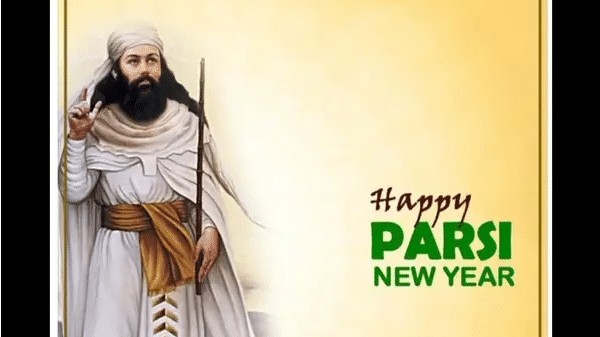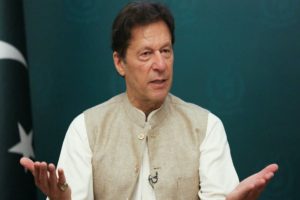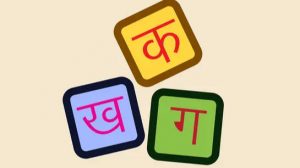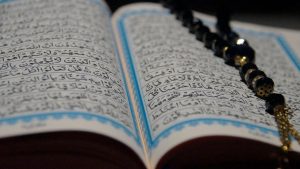The Parsi New Year is the festival of Navroz or Nowroz. This
festival falls around the months of July and August. In Persian, ‘Nav’ means
new and ‘roz’ means ‘day’, which translates to ‘new day’. The Parsi New Year is
believed to have been celebrated by Iranians and Zoroastrians for the last 3,000
years. The Iranian calendar starts this day and it is widely celebrated by the
Parsi community throughout the world with much enthusiasm and zest.
Globally, this day is celebrated in the month of March. But in
India, Navroz arrived after 300 days, which is why it celebrated around
July-August here. The Parsis in India follow Shahenshashi calendar that does
not consist of leap years.
Also Read | Houshang Ebtehaj, prominent Iranian poet, dies at 94
This year, Navroz is being observed on Tuesday, 16th of August.
Navroz or Jamshed-i-Navroz/Jamshed-i-Nouroz is named after
Jamshed, a Persian king, who is known to have created the Persian or Shaenshahi
calendar. According to legend, Jamshed had saved the world from an apocalypse
in the form of a winter that was about to kill everyone. King Jamshed had used
a throne in which precious stones were embedded and rose to heaven on the
shoulders of demons, where he appeared brighter than the sun, thus leading to
the commencement of a new day, named Navroz.
Navroz celebrations mostly take place in the states of Maharashtra
and Gujarat in India, as these states consist of a sizable Parsi population.
The Parsis dress up in their traditional clothes, pray for health
and prosperity, clean, decorate their houses with lights and rangoli, host
guests at their houses, exchange gifts and celebrate the day in a joyous
fashion. Some of the delicacies like Prawn Patio, Patra Ni Macchi, Ambakalya,
Falooda, Mori Dal, Akoori, Sali Boti, Saffron Pulao are all prepared by the
Parsis on account of Navroz. They also visit Agiary i.e, the Fire Temple and
provide offerings like fruits, sandalwood, milk and flowers on this day.
Also Read | Iran submits a ‘written response’ in nuclear deal talks





